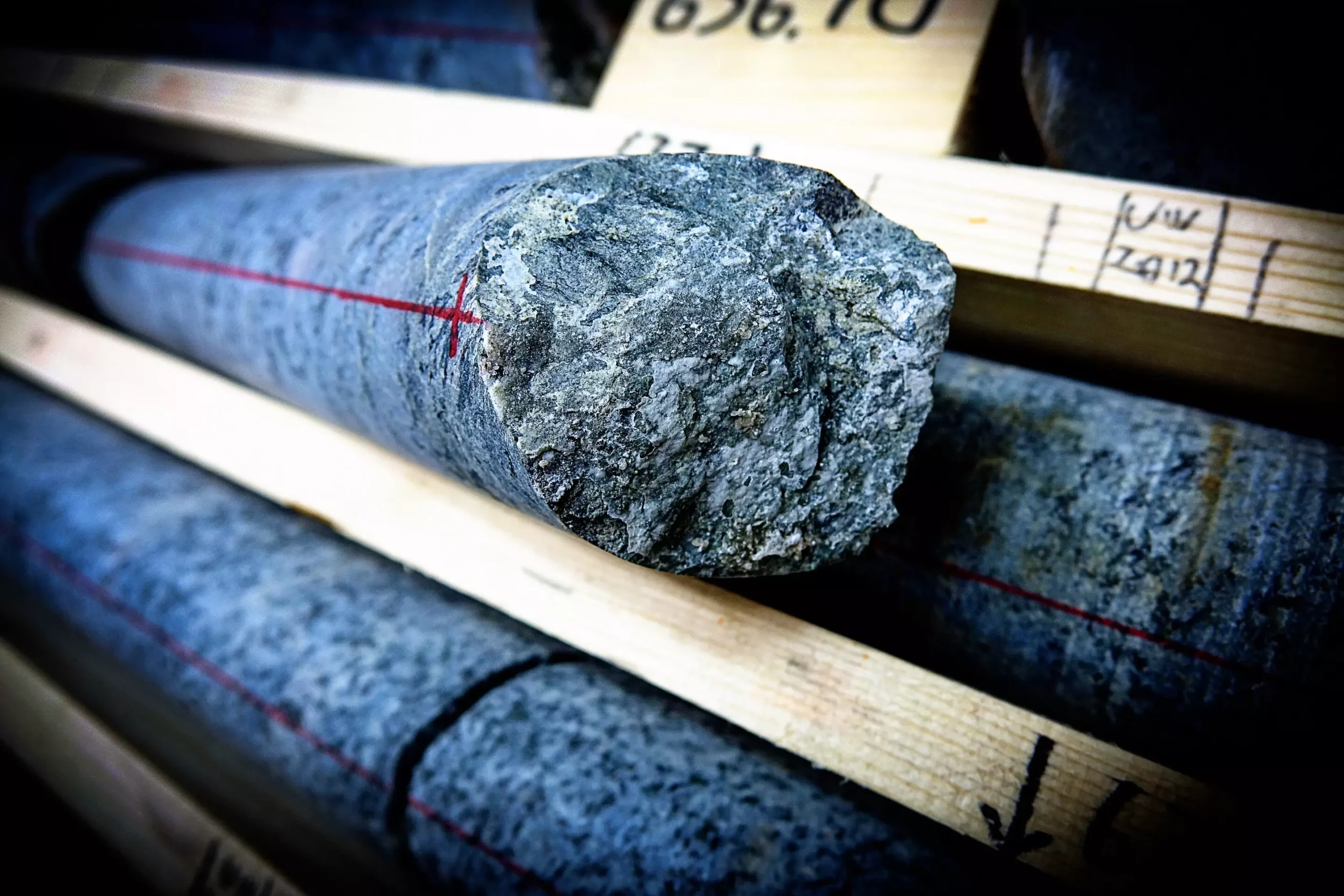Recent research has illuminated the existence of microbial life in the deep bedrock of Greenland, dating back approximately 75 million years. This revelation, published in the esteemed journal *Geochemistry, Geophysics, Geosystems*, expands our understanding of the deep biosphere—a subsurface habitat where life thrives under extreme conditions devoid of sunlight and oxygen. The conditions in this realm are harsh, yet intriguing, as microorganisms have sustained themselves for eons, adapting to survive in one of Earth’s most profound and uncharted environments.
Despite the findings hinting at a rich and complex ecosystem, the precise timeline and extent of life’s habitation within Greenland’s fractured bedrock remain enigmatical. Historically, exploration of this underground realm has been minimal, likened to merely ‘needle pricks’ into a vast and unexamined wilderness. The new study propels us forward, suggesting that the deep biosphere is not just an isolated reservoir of life, but part of a larger geochemical narrative influenced by geological events spanning millions of years.
In pursuit of answers, a team of researchers directed their efforts towards the western Greenland ice sheet, where they undertook deep drilling into the bedrock. Their efforts uncovered minerals lining the fractures of the rocks, which serve as essential geochemical records of biological activity from ancient times. Lead author Henrik Drake, an Associate Professor at Linnaeus University in Sweden, explains the innovative techniques employed in their research. By utilizing high-resolution geochronology of calcium carbonate, the researchers measured the decay of uranium into lead, giving them critical age estimates of 64 to 75 million years for the retrieved samples.
This timeframe interestingly coincides with significant tectonic events that heralded the opening of the Atlantic Ocean and the Labrador Sea. Such geological upheavals are postulated to have created pathways that interlinked deep fracture networks in Greenland, subsequently facilitating the colonization of microorganisms like sulfate reducers. Thus, movements of continental plates played a pivotal role in shaping the conditions under which this ancient microbial life flourished.
The implications of these findings are profound. The traces of life—chemical fingerprints evoking an ancient biosphere—suggest that microorganisms not only adapted to survive but also thrived in such inhospitable environments. The research team discovered remnants of bacterial fatty acids preserved within calcium carbonate crystals, serving as further evidence of biological activity amid bleak conditions.
Drake emphasized the significance of examining various sulfur isotopes found in minerals within the bedrock fractures, providing insights into the metabolic processes of these microorganisms and their evolutionary history. These results challenge previous assumptions about the resilience of life and its ability to exist in extreme environments.
The exploration of Greenland’s deep bedrock uncovers a fascinating chapter of Earth’s history, contributing valuable knowledge to the study of life in extreme environments. As researchers continue to delve into the mysteries of the deep biosphere, the interconnectedness of geological and biological processes will likely become clearer, igniting curiosity about the potential for life in similar extreme conditions elsewhere in the universe.


Leave a Reply